

 Saturday, December 7, 2013
Saturday, December 7, 2013

[1787 - Delaware is the First State to ratify the U.S. Constitution and be admitted to the Union]
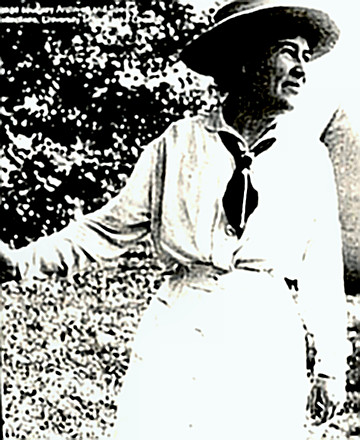
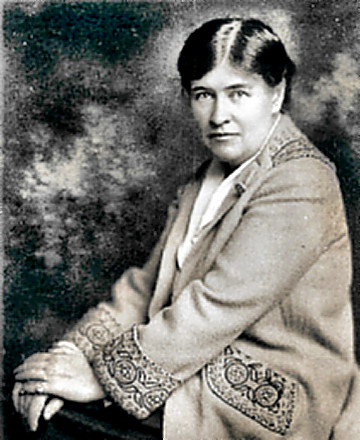
[1873 - Willa (Sibert) Cather, Pulitzer Prize-Winning author, born near Winchester, Virginia]
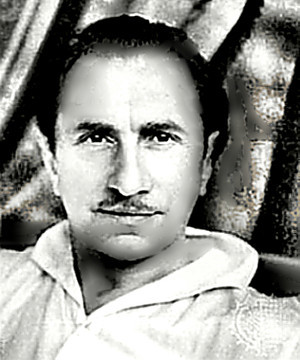
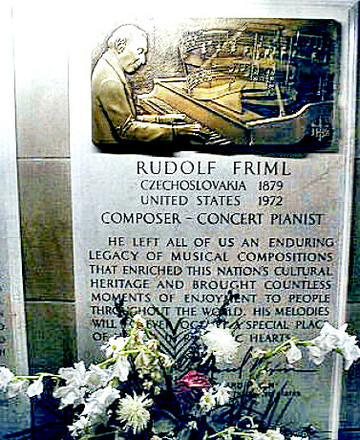
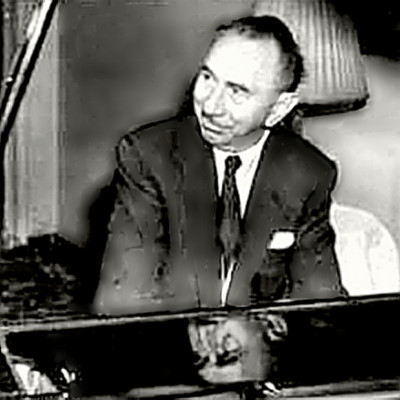
[1879 - (Charles) Rudolf Friml, composer, concert pianist, born in Prague]
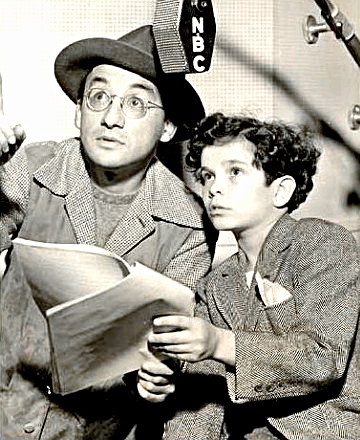
[1907 - Arch Oboler, playwright, writer, born in Chicago]
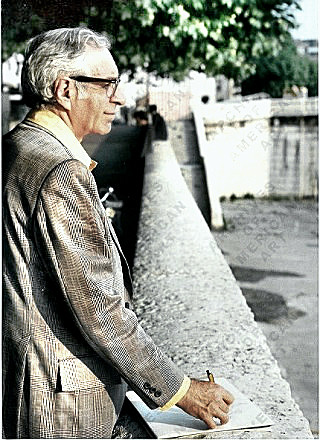
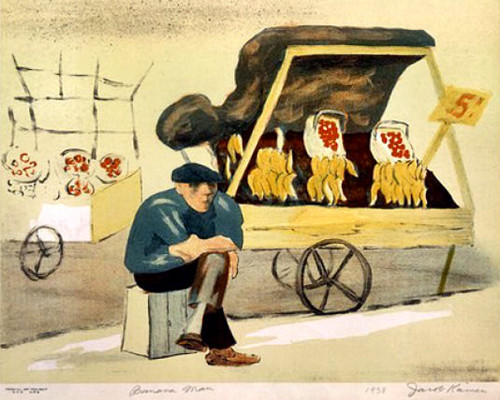
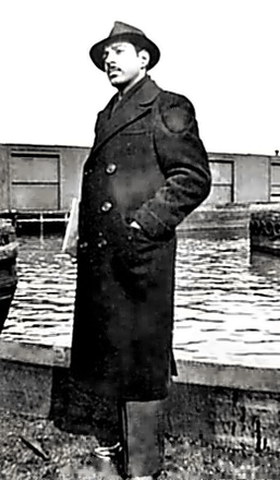
[1909 - Jacob Kainen, artist, born in Waterbury, Connecticut]
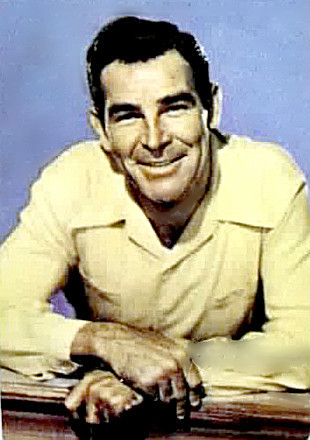
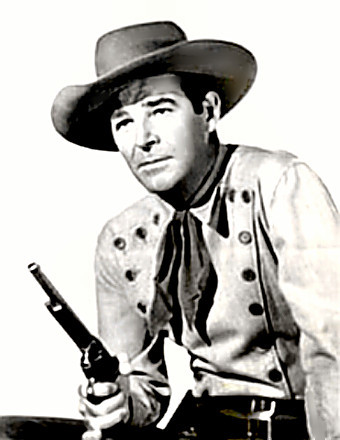
[1910 - Rod Cameron (Nathan Roderick Cox), actor, born in Calgary, Alberta, Canada]
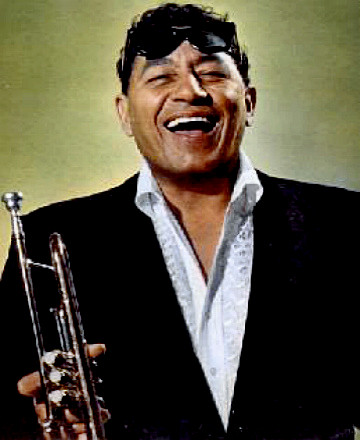
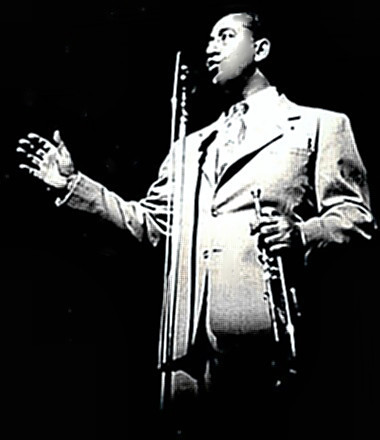
[1911 - Louis Prima, musician, singer, bandleader, born in New Orleans]
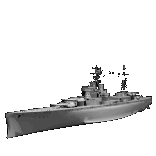
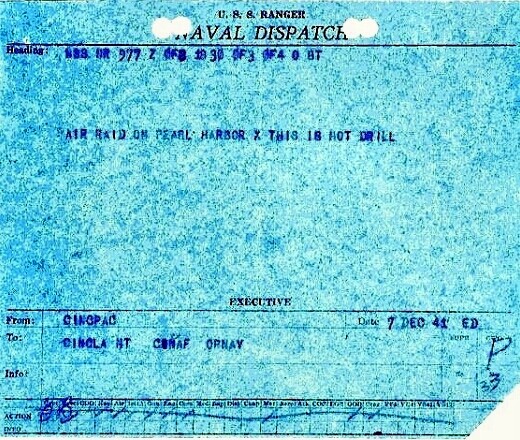
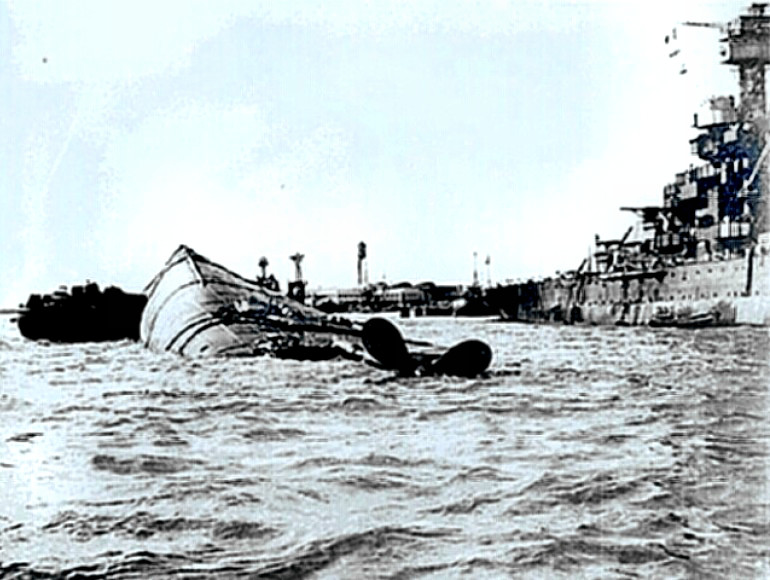
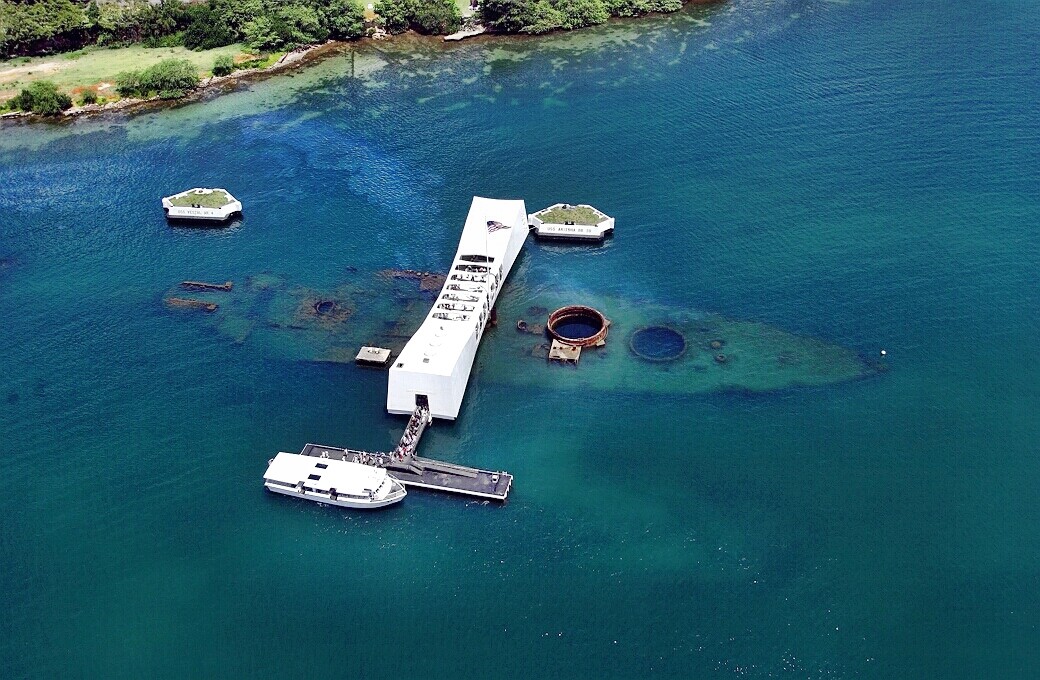
[1941 - Japanese Forces attack the US Naval Base, Pearl Harbor, Hawaii, killing over 2,300 Americans]



[1942 - Harry Chapin, songwriter, singer, born in New York City]
Infamy Revisited
It seems incredible that more Americans died on 9-11 than were killed at Pearl Harbor in 1941. Pearl Harbor, of course, marked this nation's entry into World War II, which would take the lives of millions, and transform our country from a peacetime to a wartime economy. The terrorist attacks in September 2001 did bring the US economy to a standstill for a few weeks, after which time the nation heeded President Bush's call, and business went on pretty much as usual. And yes, 9-11 did spawn the invasion of two Muslim countries, but the US casualties so far number 'only' in the tens of thousands.
FDR and his team, who were at the helm in '41, inspired confidence and determination as they led the nation into war, moving most Americans, both those in and out of military service, to sacrifice unflinchingly in a great cause. By contrast, Bush & Co. appeared both weak and inept, inspiring only division both within the country and without. No one who has seen the video of President Bush receiving the news of the planes crashing into the World Trade Towers as he read bunny stories to children in a classroom photo op can have missed the terror in his eyes as he sat frozen by his fear while precious minutes ticked away. He was only rescued by a second visit from one of his retinue who no doubt broke through the presidential paralysis by suggesting that the Commander in Chief get to the relative safety of Air Force One.
The threat posed by the Axis in World War II was such that it took the combined might of the rest of the world's powers to defeat it. The threat from Al Qaeda, on the other hand, was similar to one posed by any large-scale international criminal enterprise, and could best have been dealt with by an effective coalition of the police and intelligence forces of the free world.
William's Whimsical Words:
Perhaps the only real parallel between these two events is that each of them led to an era of repression, erosion of civil rights and liberty, and persecution of US citizens who looked or acted like the enemy.
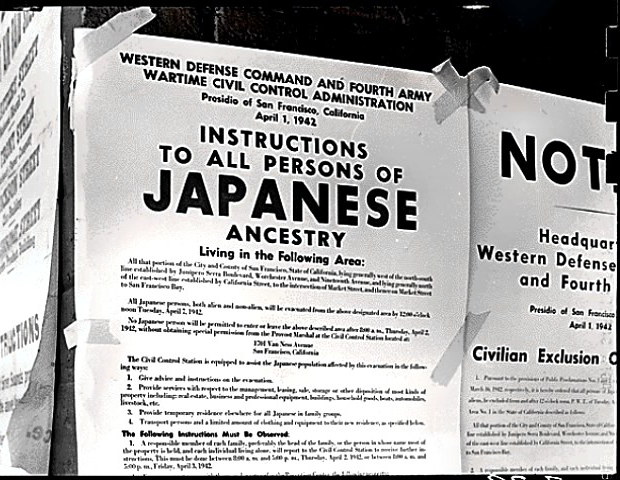
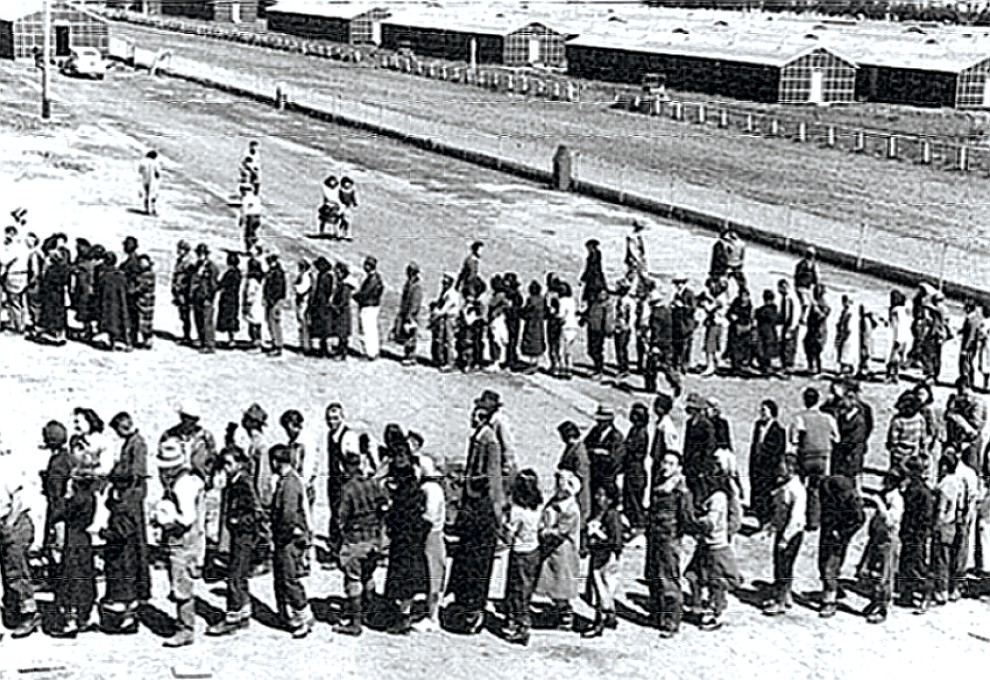
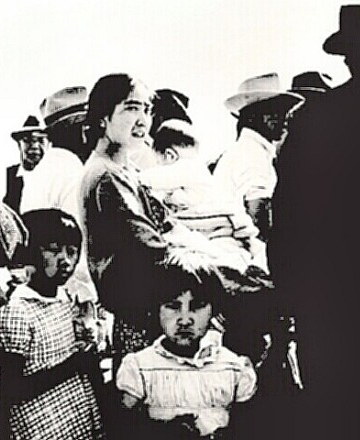
 to Almanack Main Page
to Almanack Main Page
